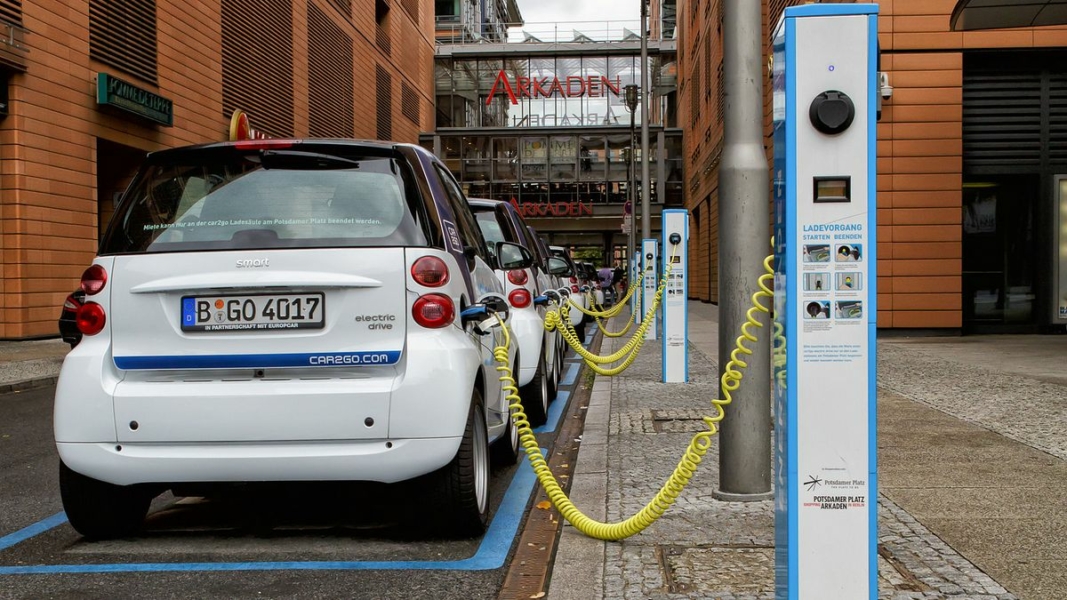

New numbers show California’s peak demand will stress its grid more than previously thought, and in response policymakers are pushing ahead with an unexpected solution: electric vehicles.
In 2015, California’s grid needed as much as 10,091 MW of quick-responding resources to meet a three-hour load spike in the late afternoon and early evening. During the day, the state’s abundant rooftop solar keeps electricity demand flat, but it rises quickly as the sun sets each evening and residents return home from work.
As soon as 2019, that demand spike could be almost 14,000 MW, according to a recently-released report from analyst ScottMadden.
Using natural gas peaker plants to meet that load would impede the state’s plan to cut greenhouse gas emissions. And stationary storage, even with California’s landmark storage mandate fully met, would provide insufficient ramping capacity. But electric vehicles (EVs) — already a benefit to utilities for the power demand they provide — could offer the grid something more.
If EV sales rise fast enough to meet Gov. Jerry Brown’s goal of putting 1.5 million zero emissions vehicles into service by 2025, EV battery storage could be an answer to the challenge of peak demand, according to a paper from California’s Alternative Fuel Vehicle regulatory proceeding.
“As net load decreases during midday and increases in the evening, the longer and steeper ramp up after sunset will require generators to respond quickly, according to the California Public Utilities Commission (CPUC) Vehicle-Grid Integration (VGI) white paper.
The EV batteries plugged into smart charging stations can be “fast acting resources” to meet grid needs, the CPUC paper reported in 2014. Those needs have been nicknamed the “duck curve” because a theoretical graph of them devised in 2011 looked like a duck, with the sharp, late-day ramp up in load as the neck.
© ACE EV Group
| Cookie | Duration | Description |
|---|---|---|
| cookielawinfo-checkbox-analytics | 11 months | This cookie is set by GDPR Cookie Consent plugin. The cookie is used to store the user consent for the cookies in the category "Analytics". |
| cookielawinfo-checkbox-functional | 11 months | The cookie is set by GDPR cookie consent to record the user consent for the cookies in the category "Functional". |
| cookielawinfo-checkbox-necessary | 11 months | This cookie is set by GDPR Cookie Consent plugin. The cookies is used to store the user consent for the cookies in the category "Necessary". |
| cookielawinfo-checkbox-others | 11 months | This cookie is set by GDPR Cookie Consent plugin. The cookie is used to store the user consent for the cookies in the category "Other. |
| cookielawinfo-checkbox-performance | 11 months | This cookie is set by GDPR Cookie Consent plugin. The cookie is used to store the user consent for the cookies in the category "Performance". |
| viewed_cookie_policy | 11 months | The cookie is set by the GDPR Cookie Consent plugin and is used to store whether or not user has consented to the use of cookies. It does not store any personal data. |